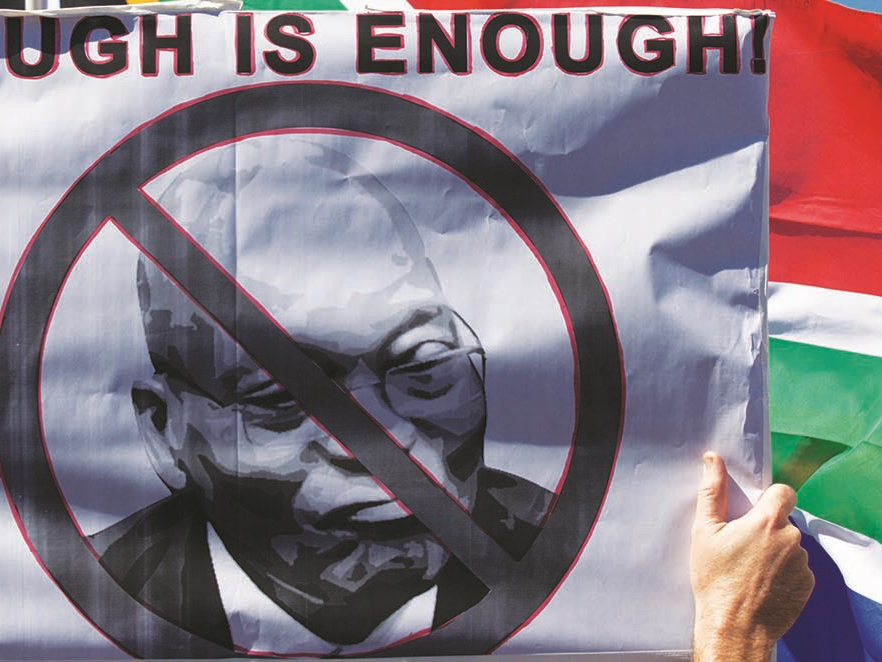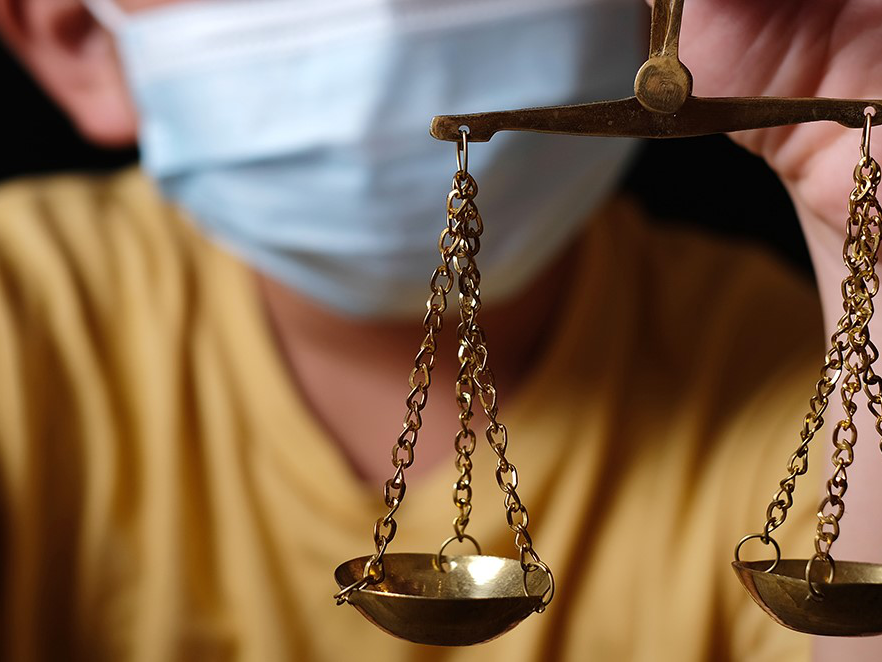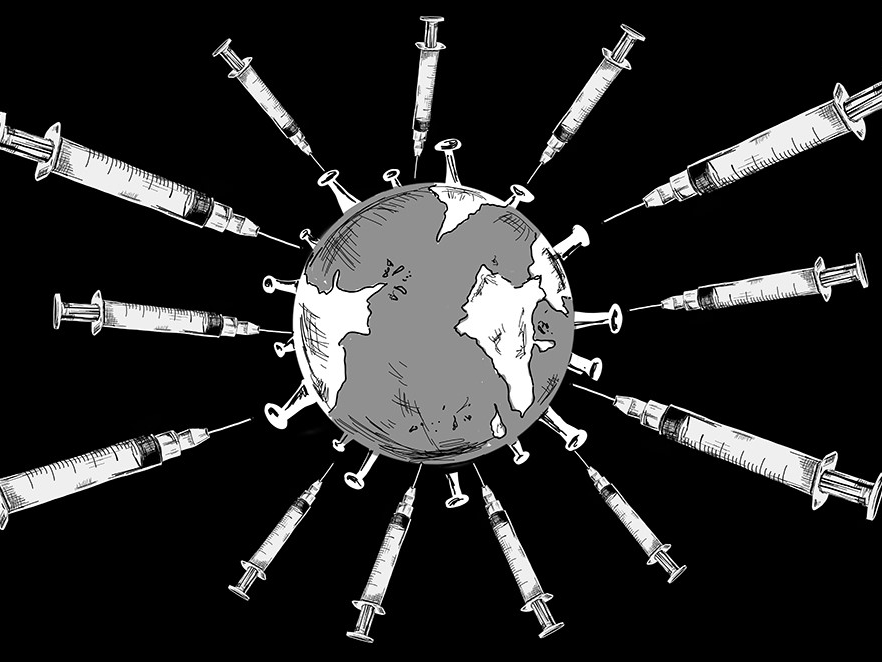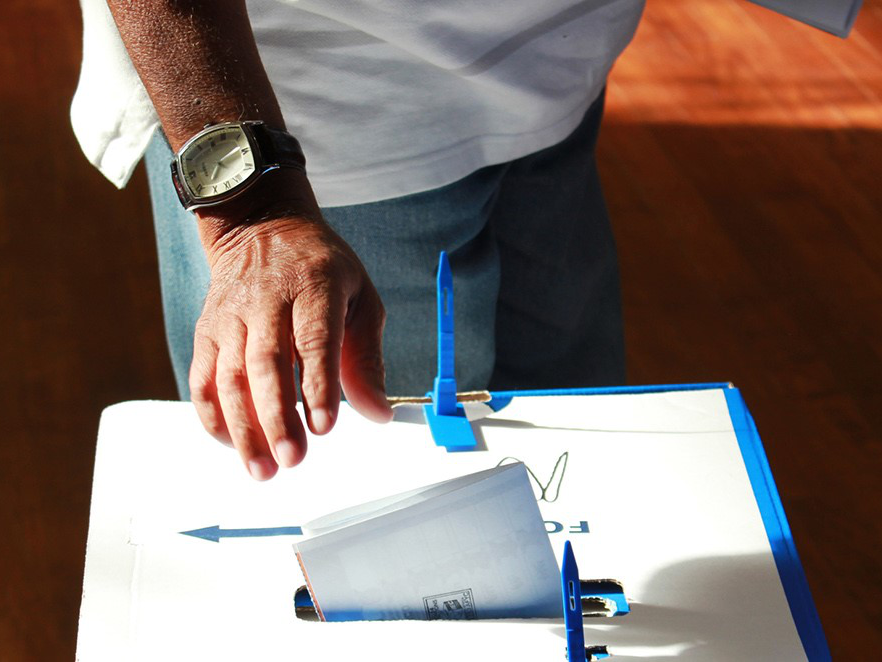When it comes to politics, the saying goes that a week is a long time. But in South Africa, securing regime change took the better part of a summer.
The bruising years
After a controversial seven years as President of South Africa, Jacob Zuma plunged South Africa into a tailspin in December 2015 by summarily replacing a respected finance minister with a politically pliant unknown. It catapulted corruption to the forefront of political debate and after a rocky 2016 for the economy, the following year led to one bruising blow after the next with a slew of corruption scandals and government mismanagement further draining investor enthusiasm for South African assets.
>Early in 2017, long-standing allegations against the Gupta’s, a family with close ties to Zuma, hit the headlines. Evidence appeared in a trove of leaked emails, alleging their staggering influence over government departments and state-owned enterprises (SOEs) and showing the enormous extent of the corruption and scale of government complicity. Suddenly we saw the emergence of a new buzz phrase, State Capture.
Eskom, the national power utility, found itself at the center of corruption allegations and facing serious financial challenges in parallel, this placed the country’s economy at significant risk. A tainted nuclear energy deal and delays in signing the latest rounds of renewable independent power projects halted much needed foreign investment.
Unsurprisingly, the economy limped along with GDP growth of barely 1%, rating agencies responded with downgrades, and there were the lowest business confidence measures on record. As 2017 ended, the private sector also came to the party with the largest case of alleged corporate fraud in South African history when the Steinhoff empire imploded.
Commentators opined that the moral fibre of South Africa was in decay. Pessimism became pervasive and with it, a growing lack of the tolerance and understanding that have been hallmarks of the democratic era.
Then, just ahead of Christmas 2017 the summer of hope started.
The governing ANC at war with itself
Growing divisions within the African National Congress, the liberation party that has led South Africa the entire democratic era, became increasingly apparent during the Zuma era. A proud 105-year history was under siege, and with it the decorum of solving internal disputes behind closed doors was rejected. The legal system became the go-to mechanism for political disputes, and a fracturing of the longstanding alliances between the ANC, labour, political idealists and liberation stalwarts caused the ANC enormous discomfort.
The key political moment of 2017 arrived at the December ANC party conference to elect new leadership. Formal and social media positioned the corrupt Zuma camp against the moral high ground of Deputy President Ramaphosa and his supporters. Right up until the last minute, party insiders were saying it was too close to call. To the relief of many in the ANC and most outside of it, Ramaphosa emerged as victor by less than a 2% margin. Investors reacted positively and quickly, pushing the Rand towards the highest point in years.
However, the initial elation felt by many turned into concern about Ramaphosa’s ability to drive rapid change because of the split in the composition of various of the ANC governing structures. Notably, of its six members, the National Executive Committee (NEC) includes two powerful Zuma loyalists and one other Zuma ally. Ramaphosa won, but had the ANC compromised its attempts to rout out leaders tainted by accusations of corruption from its ranks?
Sweeping changes
In 2018, real changes have started happening. First, the board and management at Eskom was completely overhauled, toppling what had become a beacon of corruption. Ramaphosa, undoubtedly with pressure from the financial institutions, was showing his intent. Then in the run up to the State of the Nation address, the country was on tenterhooks. Rumours around the fate of Zuma, then still president of the country if not his own party, were swirling, culminating in the NEC publically instructing Zuma to step down or face a recall. Zuma initially refused, but finally met his party’s ultimatum, resigning at the last minute. Ramaphosa’s political position had finally been solidified. Within 48 hours, Ramaphosa was sworn in as president of the country bringing a new dawn of hope to the nation.
Ramaphosa delivered a rousing State of the Nation address on a 12 point plan. An end to corruption, job creation, and economic growth were balanced against land reform without compensation, radical economic transformation, and support for the social welfare state, showing the careful line he must walk between constituents. Ramaphosa arguably has the broad-based pedigree to navigate these constituents, having sat in the largest corporate board rooms (including alongside Actis in our Alexander Forbes investment), having led the country’s largest workers union, and as a leader in the celebrated negotiated end to Apartheid.
The local stock market and the currency both now reflect the optimism and hope of citizens on the ground. Following almost two years of foreign net selling of equities on the Johannesburg Stock Exchange, average daily net inflows were at all-time highs in early 2018. The currency (at ZAR 11.65/US$ at the time of writing) has recovered back to February 2015 levels after peaking in the Zuma crisis years at nearly ZAR 17/US$ – a 30% appreciation from its peak.
Optimism returns
Ramaphosa’s “new dawn” has a powerful tide behind it for now. Optimism. For almost a decade, the country was bereft of a leader who conveyed this sentiment. And the upswing in sentiment felt in the board rooms of our portfolio companies has been palpable. Anecdotally, a local headhunter has told us recruitment enquiries in 2018 are up three-fold on the same period in 2017.
The economic and societal challenges are undeniable. The Ramaphosa era starts with a net debt to GDP ratio of 50%, up from 26% when Zuma became president, a R50bn shortfall in tax collections, junk status and tattered SOEs requiring wholesale turnaround. Unsolved funding challenges are numerous with debt ridden SOEs, Zuma’s free education policy and a national health insurance plan to name a few. Potholes of note for Ramaphosa.
Whilst some see this current optimism as post-Zuma exuberance, we have seen a step change in our portfolio company decision-making, reflected in the 2018 budgeting process: a doom and gloom budget if the Zuma camp had won, to a more expansive investment budget, owing to Ramaphosa’s victory. Pent up investment spend, held back in the Zuma era of uncertainty, is seen as a real kickstarter for near term growth. A path to +3% GDP growth from current 2% 2018 forecasts will need actions more than just optimism, and even more so to the 5% GDP growth of Rampahosa’s 2023 target.
What will we be watching for?
In the short weeks of Ramaphosa’s leadership, he has made all the right noises. Imminent changes to the cabinet have to be a next step. So too are further changes in SOEs where competent managers, not “cadre deployees”, can stem the declines suffered under Zuma. The next round of rating agencies reviews commence in March and we will know then whether they agree that the positive momentum outweighs the risks (although fx markets have provided a fairer view of country risk than rating change.). Then the spotlight will be on Ramaphosa to start showing results on the well-articulated plan that he rousingly delivered in his first State of the Nation address.
What we should not forget is how close the country came to a very different outcome in December. A summer may be considered a long time in South African politics, but this summer is a historical one to be remembered.






